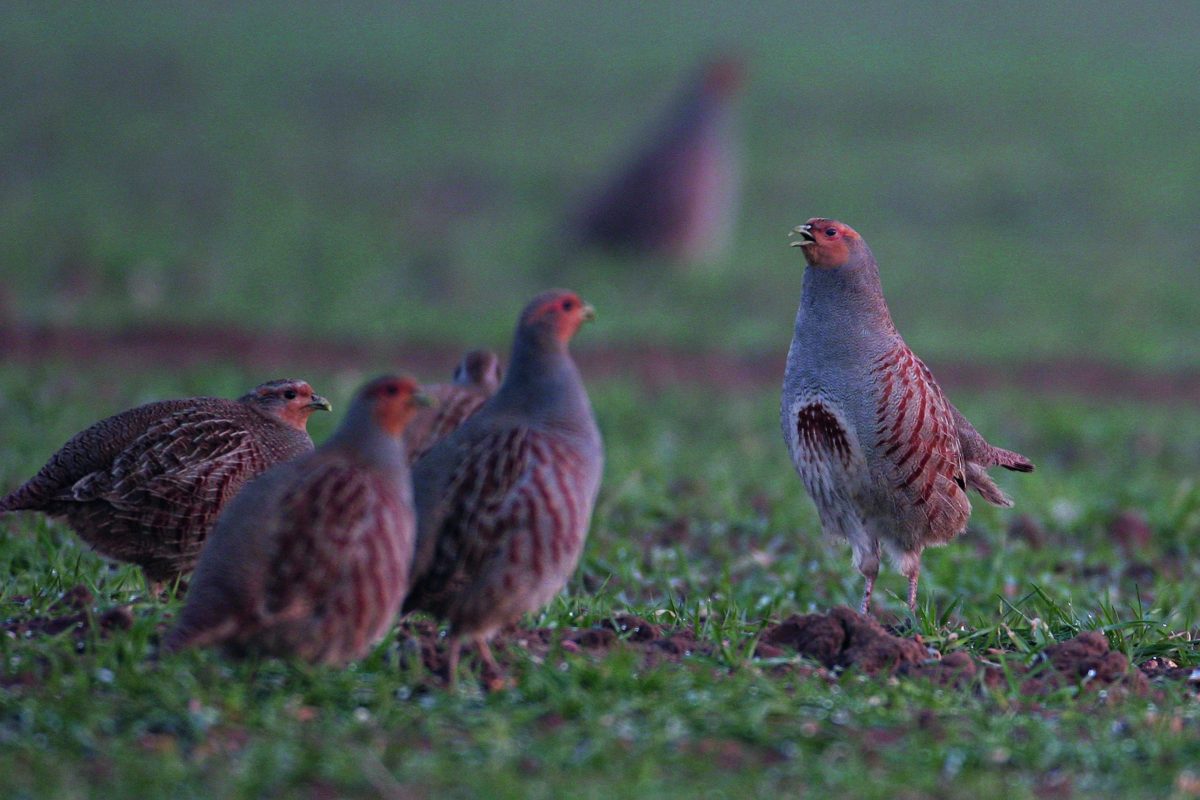Scottish estate leading the way to save grey partridges
The GWCT has revealed impressive figures from the Balgonie Estate in Fife, which has successfully increased its grey partridge population

Grey partridges are one of the UK’s most threatened bird species
The remarkable success of a Fife estate in turning round the fortunes of grey partridges has been highlighted by the GWCT. Grey partridges are among the most threatened of all the UK’s breeding bird species, and their numbers have declined rapidly over the past 50 years in response to agricultural intensification. However, with help from the GWCT, Balgonie Estate has been working to change those statistics.
To help bring the birds back on the estate, the team created nearly 7km of four-metre wide strips of chicory and mustard. This has given the birds cover and, by providing seeds and habitats for insects, has helped feed them.
Dr David Parish, the GWCT’s senior Scottish lowland research scientist, explained how they monitored the scheme’s success: “In spring, we drive around as many fields as possible, counting pairs, and then in autumn we record coveys seen in stubble fields. This provides an estimate of the breeding population and breeding success. If we’re doing a good job, we should see the number of pairs increase over time, along with the ratio of chicks to adults, which in turn should lead to more birds in the autumn.”
Striking results
The results have been striking. Since 2014, numbers of spring pairs have increased by 40%, and the autumn total is up by 260%. The density of pairs at Balgonie is more than double the average for Scotland, and autumn density of birds is almost three times Scotland’s average. While partridge numbers at Balgonie have increased since 2014, UK numbers have dropped by 19% over the same period.
Long-term Fife resident Simon Carr told Shooting Times: “I can remember when good numbers of grey partridges were still being shot in Fife, but the countryside was very different back then, with fewer foxes and buzzards and more hedges. Partridges were always part of rural life, and it would be great to think that what my children and grandchildren have missed out on could be enjoyed again by their children.”








